I'm currently working on intersect of bounds between different shapes with JavaFX. I would like to detect collision of two polygons on their points and not on their bounds (i.e. 2 polygons).
Please, see figure 1: not desired behavior, and figure 2: desired behavior.
Is there any existing algorithm to help me or any library to use? Thanks in advance :)

Here find my solution :
import javafx.application.Application;
import javafx.scene.Scene;
import javafx.scene.layout.Pane;
import javafx.scene.paint.Color;
import javafx.scene.shape.Polygon;
import javafx.scene.shape.Shape;
import javafx.stage.Stage;
public class Tester extends Application {
@Override
public void start(Stage stage) throws Exception {
Pane root = new Pane();
root.setStyle("-fx-background-color:cyan;");
Polygon p1 = new Polygon();
p1.getPoints().addAll(new Double[]{
50.,50.,
50.,100.,
60.,100.,
60.,80.,
80.,70.,
80.,100.,
100.,100.,
100.,50.
});
p1.setFill(Color.GREEN);
Polygon p2 = new Polygon();
p2.getPoints().addAll(new Double[]{
65.,100.,
65.,90.,
75.,80.,
100.,100.
});
p2.setFill(Color.RED);
root.getChildren().addAll(p1,p2);
stage.setScene(new Scene(root));
stage.show();
Shape inter = Shape.intersect(p1, p2);
root.getChildren().add(inter);
System.out.println(inter.getLayoutBounds().getWidth() + ":" + inter.getLayoutBounds().getHeight());
if(inter.getLayoutBounds().getHeight()<=0 || inter.getLayoutBounds().getWidth()<=0) {
System.out.println("No intersection");
}
else {
System.out.println("intersection detected");
}
}
public static void main(String[] args) {
launch(args);
}
}
Output:

20.0:16.0
intersection detected
It seems to work properly, I will test with Path objects to replace Polygon objets.